Rahul Bedi in New Delhi
In recent weeks, the civil-military cold war in India has thrown into the public domain alarming facts -- from corruption to lack of preparedness. In a three-part series, defense expert and Jane's Defence Weekly Special Correspondent Rahul Bedi minces no words in outlining the problems the country's armed forces face.
The core issue behind the General Vijay Kumar Singh controversy is on several planes.
One is the relationship between the military and the defence ministry, and the second corollary to that is the weapons and equipment controversy which the military claims it has not got and the ministry claims the defence services are slow in acquiring.
The problem is that the defence minister's directive, which was given to the services sometime around September 2010, calls upon the services to be prepared to fight a two-front war against both Pakistan and China.
That is a defence ministry directive, but it does not spell out what it actually wants, what kind of capability it wants of the military.
...
The shocking truth about India's armed forces
Image: The T-90S tankPhotographs: Wikimedia Commons
One of the major problems of the Indian military is equipment. Equipment is creating problems because 60 to 70 per cent of it is sourced either from the erstwhile Soviet Union or from Russia and has reached collective obsolescence, needing replacement or upgrades.
That is the Indian military's fundamental problem.
The bureaucratic procedures, which are under Defence Procurement Procedures, have been in place since 2004-2005 and are revised each year. But it is a very complex set of rules and regulations for acquiring military equipment.
Hence, most of the military equipment that has been acquired over the last few years has run into problems either to do with corruption or with procedures. Thus the government's decision-making has suffered.
...
The shocking truth about India's armed forces
Image: Army Chief General VK Singh addressing a gatheringPhotographs: PIB Photo
Besides, nobody wants to take decisions -- neither the defense ministry nor the military -- because they feel that they will get into trouble.
In the government of India you do not get sacked for not taking a decision; you get into trouble if you take a decision -- because something or the other is always likely to go wrong.
As far as the equipment profile of the three armed services is concerned, the army is the worst-off.
And that is what General Singh had written to Prime Minister Manmohan Singh about.
He had said there is no ammunition for the tanks, the infantry is in bad shape, and air defence is obsolete.
...
The shocking truth about India's armed forces
Image: Indian Army's FH-55B HowitzersPhotographs: PIB Photo
What General Singh has said is something that has been reiterated over the years by the comptroller and auditor general, the public accounts committee and Parliament's defence committee. So, it is nothing new.
The reality is a lot worse than what General Singh has stated in his letter to the prime minister.
India's night-fighting capability is virtually nonexistent. Over 70 to 75 per cent of its armor fleet, for instance, is incapable of operating in the dark.
The army's entire helicopter fleet too is night-blind. And the artillery is of poor quality because the range of the artillery that the Indian military has is roughly about 35 to 37 km (21.7 to 22.9 miles), whereas the range of the artillery of Pakistan and China is 40-km-plus (24.8 miles).
...
The shocking truth about India's armed forces
Image: The T-72 tank is equipped with the 125 mm main gunPhotographs: PIB Photo
Even the new assault rifles that the Indian infantry soldier is supposed to use will take at least another three to four years before they are acquired.
Shockingly, for the last three years the army has not fired a single 9 mm carbine because it does not have the ammunition. Similarly, the army has not conducted practice firing on its tanks -- as it does not have ammunition.
Last November, in an emergency purchase, the army acquired 66,000 125 mm rounds from Russia at a tremendous cost and was forced to waive the offset clause mandatory for all purchases above $60 million (Rs 306 crore).
This emergency purchase ran into millions and millions of dollars because there was a shortage of tank rounds.
Artillery rounds too are in short supply.
...
The shocking truth about India's armed forces
Image: An Indian Army helicopterThe profile of the Army Aviation Core is pathetic. The helicopters they are using are from the 1960s and have been upgraded. But our pilots are amazing the way they fly these helicopters in the mountains.
The acquisition of 197 light observation helicopters has been held up for the last 10 years. The last tender was cancelled in 2007 and was re-tendered, but it is still under process.
As far as air defence is concerned, the Indian Army is using air defence guns from the 1950s. It has not updated any of them, which were inducted soon after independence. Its radar network is very poor.
However, the Indian Army's soldiers, the officers, are very brave and they make do with what they have. And so far they have done a good job. But future wars are not going to be man-dependant; they are going to be machine-dependant and system-dependant.
And if we are left with the systems and equipment dependency that we have now, then God help us.
...
The shocking truth about India's armed forces
Since 2007, the Indian military has signed, negotiated and finalised deals worth about $25 billion (Rs 127,500 crore). Of this, about $16 billion (Rs 81,600 crore) is for the air force, $6 billion (Rs 30,600 crore) is for the navy, $660 million (Rs 3,366 crore) for the Coast Guard, but the army gets just $400 million (Rs 2,040 crore).
This, however, is not just the defence ministry's fault.
The army also is unable to decide on the equipment it wants. It is unable to draw up accurate specifications for the equipment and a lot of time goes in finalising the specifications or QRs -- qualitative requirements.
Many times it draws up QRs that are so ambitious that nobody can meet them. Which, in turn, means that tenders are frequently issued, withdrawn and re-issued, leading to chaos.
Under the DPP, deals are not supposed to take more than 48 months; but they invariably take eight to nine years.
The DPP also stipulates something called the fast-track procedure -- if there is an immediate operational requirement for weapons or for a weapon system then it can be acquired via the fast-track route. Under this dispensation the forces can go to one vendor, negotiate and procure the equipment.
I know of at least three or four cases for the infantry and the Special Forces in the last four years under the fast-track route, which have taken four years and are nowhere near finalisation.
Watch out for PART – II of this special series to read about who is responsible for the mess?

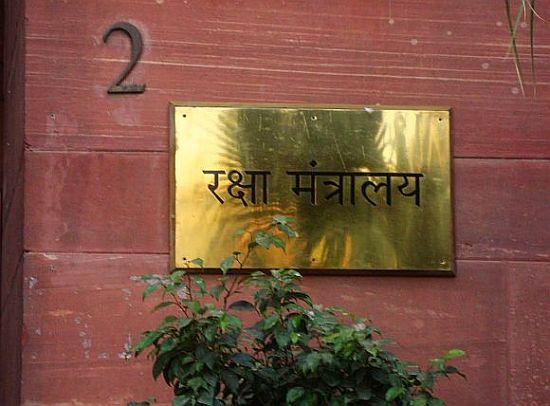
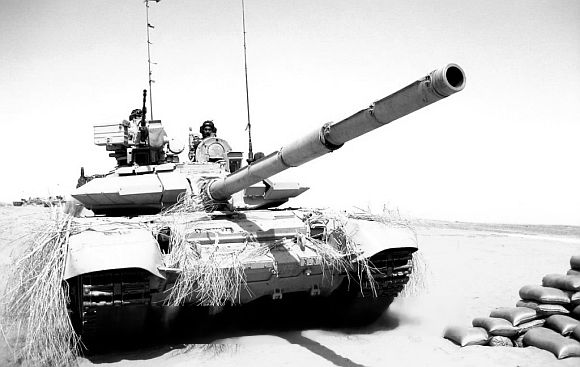

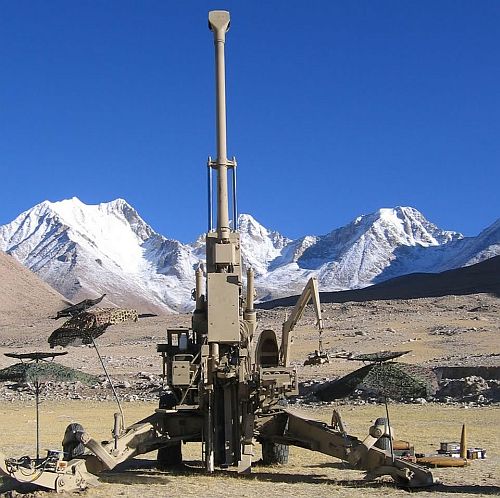
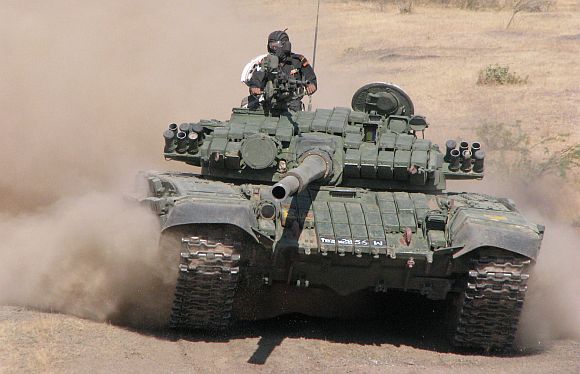
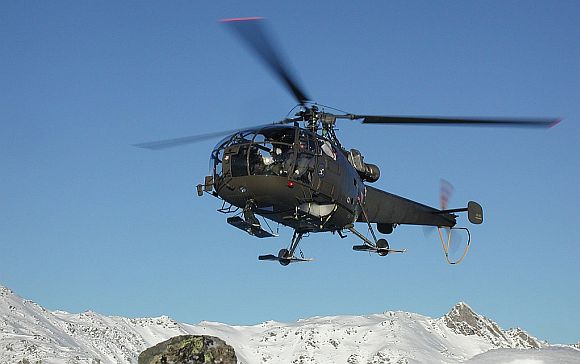
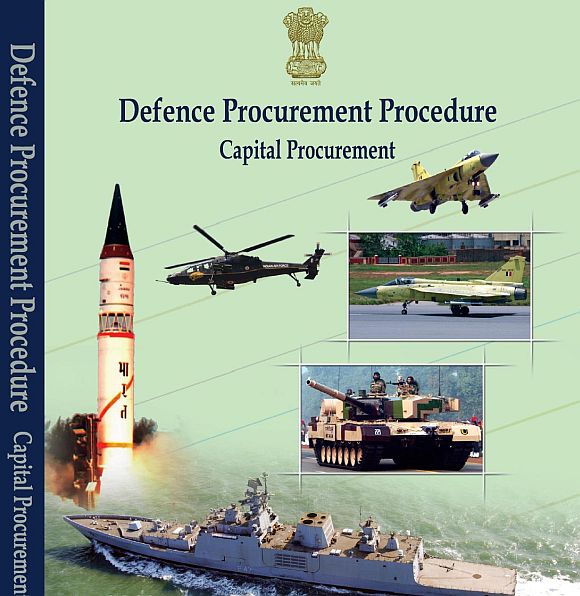
article